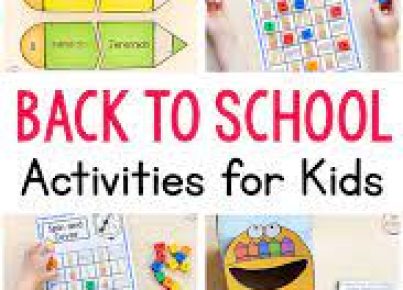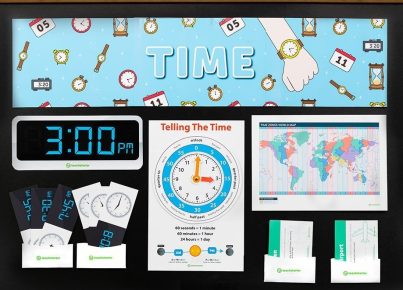Introduction
Readers Theater is a fantastic tool for engaging students in a fun and interactive way, while promoting reading and listening skills, teamwork, collaboration, and creativity. This theatrical format allows students to read scripts aloud in front of their classmates without the added pressure of memorizing lines or staging elaborate scenes. Here are eight steps to successfully implement Readers Theater in your classroom to boost enthusiasm, communication skills, and reading fluency among your students.
1. Choose Age-Appropriate Material
Select scripts that suit the reading levels and interests of your students. Opting for age-appropriate material helps students maintain focus and comprehensively grasp the story’s plot and characters. Consider using popular books or adapt exciting stories into suitable scripts for Readers Theater.
2. Assign Roles
Divide your class into small groups and assign roles based on each student’s reading ability and interest. Strive to involve everyone by providing speaking parts, no matter how small, ensuring that all students can participate actively in the activity.
3. Provide Time for Rehearsals
Set aside ample time for students to rehearse their lines outside of class as this minimizes disruption during instructional time. Encourage groups to practice their assigned roles during designated reading time or as an after-school activity.
4. Offer Guidance on Expression and Delivery
Work with students on incorporating vocal expression, appropriate volume, intonation, pacing, and special vocal effects during their performances. This guidance enhances their understanding of the script’s context while showcasing its dramatic aspects.
5. Set Up a Simple Stage Area
Designate an area of your classroom as a stage space where performances will take place. Readers Theater typically does away with traditional stage props, costumes or elaborate set design; however, you may choose to include minimal props or stand-alone microphones if necessary.
6. Practice Respectful Listening Skills
Develop a list of criteria for respectful listening with input from your students. This process emphasizes the importance of attentive and polite audience behavior. It also boosts students’ confidence and helps them focus on their performance.
7. Offer Feedback and Encouragement
After each Readers Theater performance, provide positive feedback to your students. Praise their delivery, fluency, and teamwork, while stressing the importance of continuous improvements. Encourage other students to give constructive compliments in a supportive manner.
8. Reflect on the Experience
Facilitate a reflection session for the entire class, encouraging them to discuss their overall experience as performers or audience members. Reflection allows learners to recognize their achievements, share insights and potentially discover ways of honing their language, communication and articulation skills.
Conclusion
By incorporating Readers Theater in your classroom routine, you create opportunities for students to build critical skills such as public speaking, active listening, and comprehension. These eight steps aim to promote an enriching educational experience for all participants while fostering enhanced personal development and increased self-confidence.




